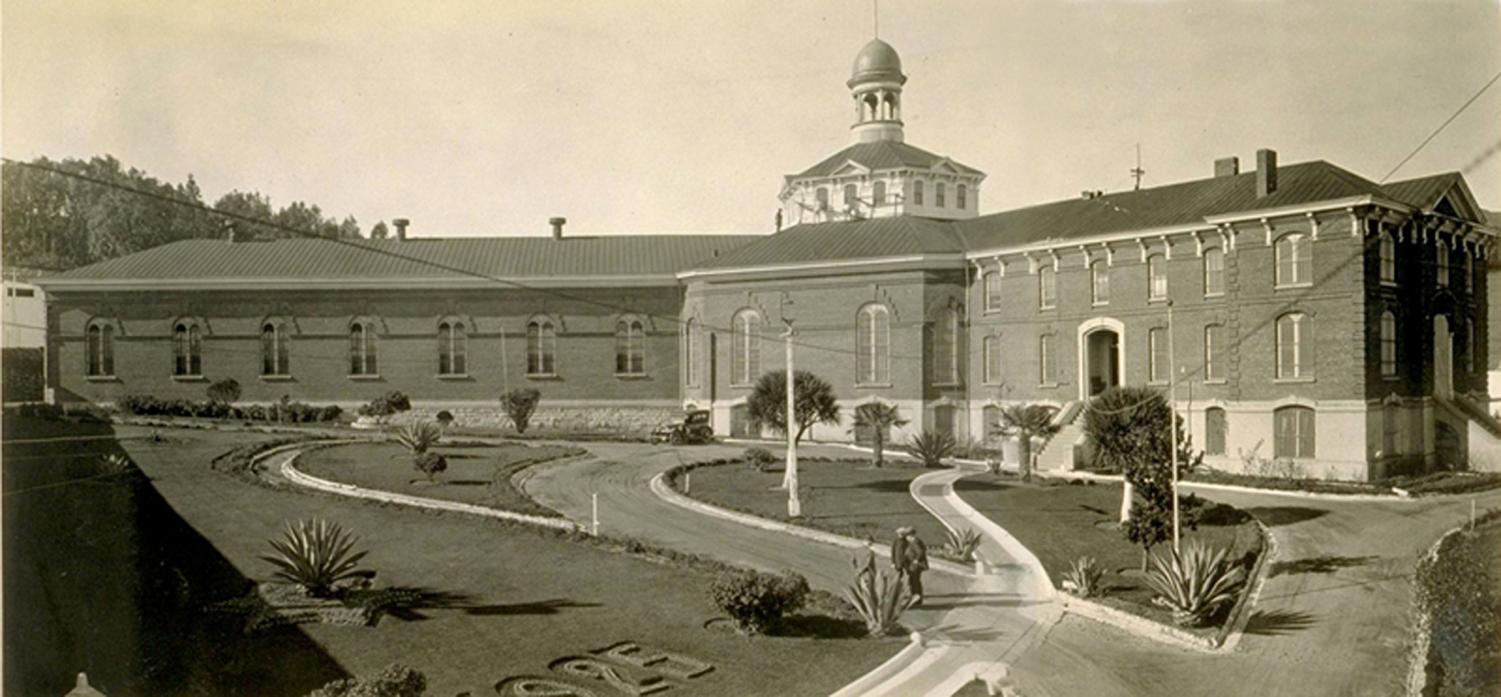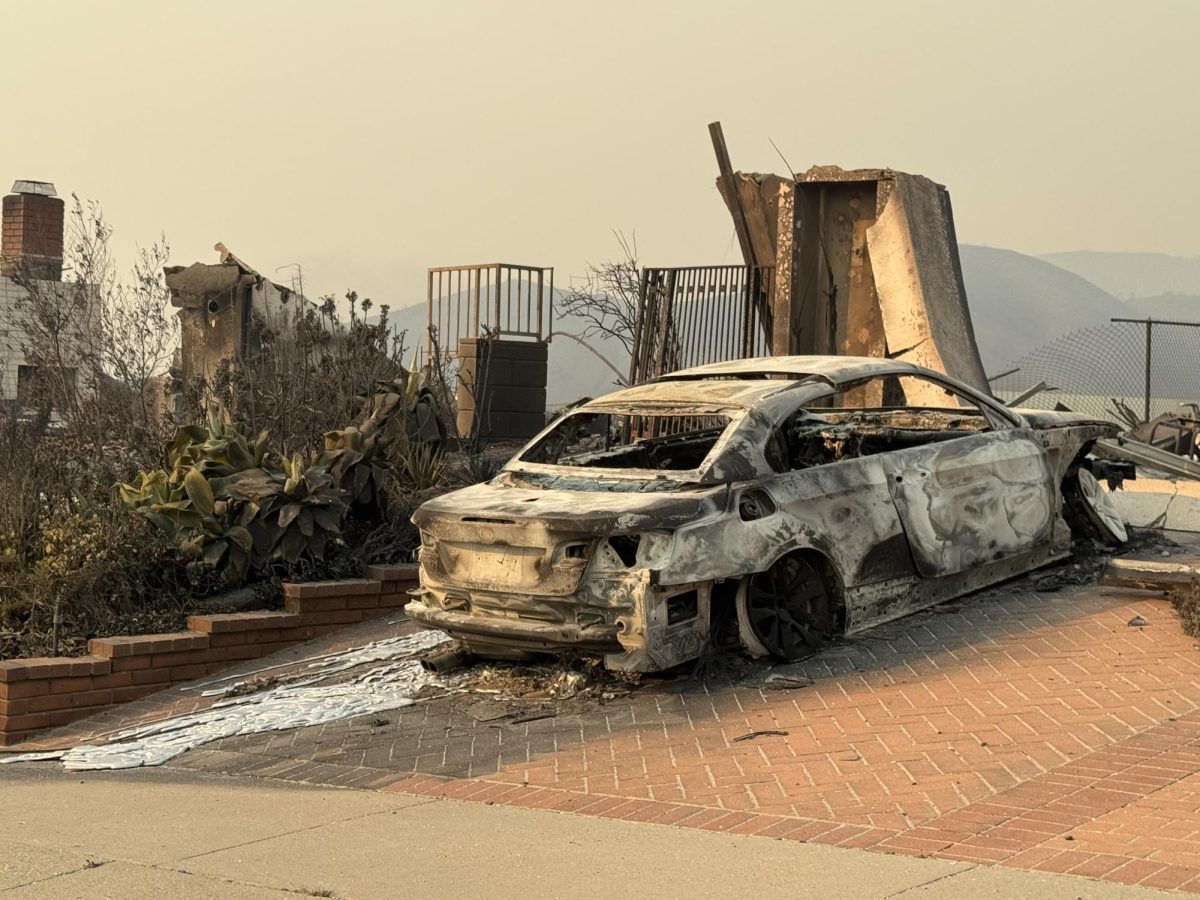The Sunnyside District was once known as “the Largest and Most Important City Subdivision,” but little do people know it also housed a notorious jail compound.
In 1854, the 100-acre isolated lot was originally bought by the city and would be the designated site for a House of Refuge, which would first serve as a juvenile center.
Over the years, it became a jail that housed inmates with short sentences and were thought reformable since they had no federal crimes. The compound had different names from: House of Refuge; Industrial School; House of Correction; Branch County Jail No. 2; and finally Ingleside Jail, after 1906.
The complex was split between two separate jails, for men and women. The women had the very old building, which was the original House of Refuge, while the men had the new and bigger building.
Escapes were not uncommon, as the whole compound was enclosed by a 16-foot wooden board fence. Every time there was a reported escape from the jail, alarms would go off that people could be heard throughout the neighborhood and kids knew to run back home.
In a recent interview with San Francisco historian and neighborhood activist , Amy O’Hair, she said, “I think that they escaped because they could. It was actually not a bad place to serve out your sentence, comparatively speaking. It was pretty run down by the 1890s, but you could do worse.”
Just right outside of the jail buildings there were farm animals and vegetable gardens, along with a large kitchen and laundry room. The supply of water came from a well and large water tank. In the 1910 census, it shows that there were 350 inmates, 27 administration and staff workers, two wives, and 11 children living on site of the compound grounds.
In the 1910s, more houses were being built near the jail and the Sunnyside part Ingleside neighborhood was just beginning its expansion. There were even plans for a lake, children’s playgrounds and a deer park, which would have surrounded all of what is now City College and part of Balboa Park. However, the only thing in the way of the neighborhood expansion was Ingleside Jail.
O’Hair said, “You could always get a story at Ingleside Jail. There was always something up, whether it was the guards were drunk or the supervisors were not there.”
After years of petitions from the locals, Ingleside Jail was finally closed down in 1934. A year later, City College of San Francisco would open and the future of the Sunnyside District began to take shape.








